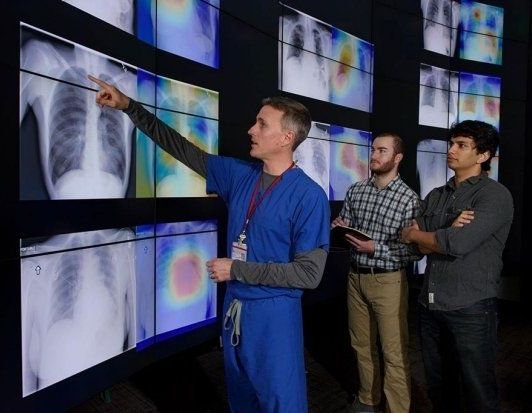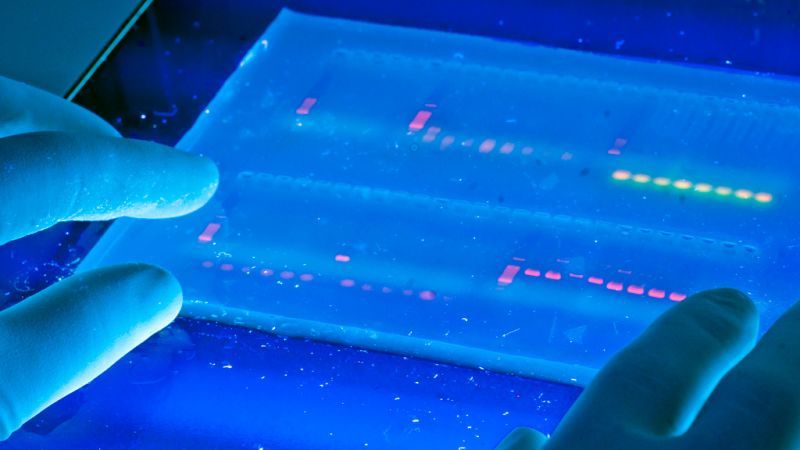Chinese AI-powered robot Xiaoyi took the country’s medical licensing examinations and passed, according to local reports. Xiaoyi is just one example of how much China is keen on using AI to make a number of industries more efficient.
Experts generally agree that, before we might consider artificial intelligence (AI) to be truly intelligent —that is, on a level on par with human cognition— AI agents have to pass a number of tests. And while this is still a work in progress, AIs have been busy passing other kinds of tests.





